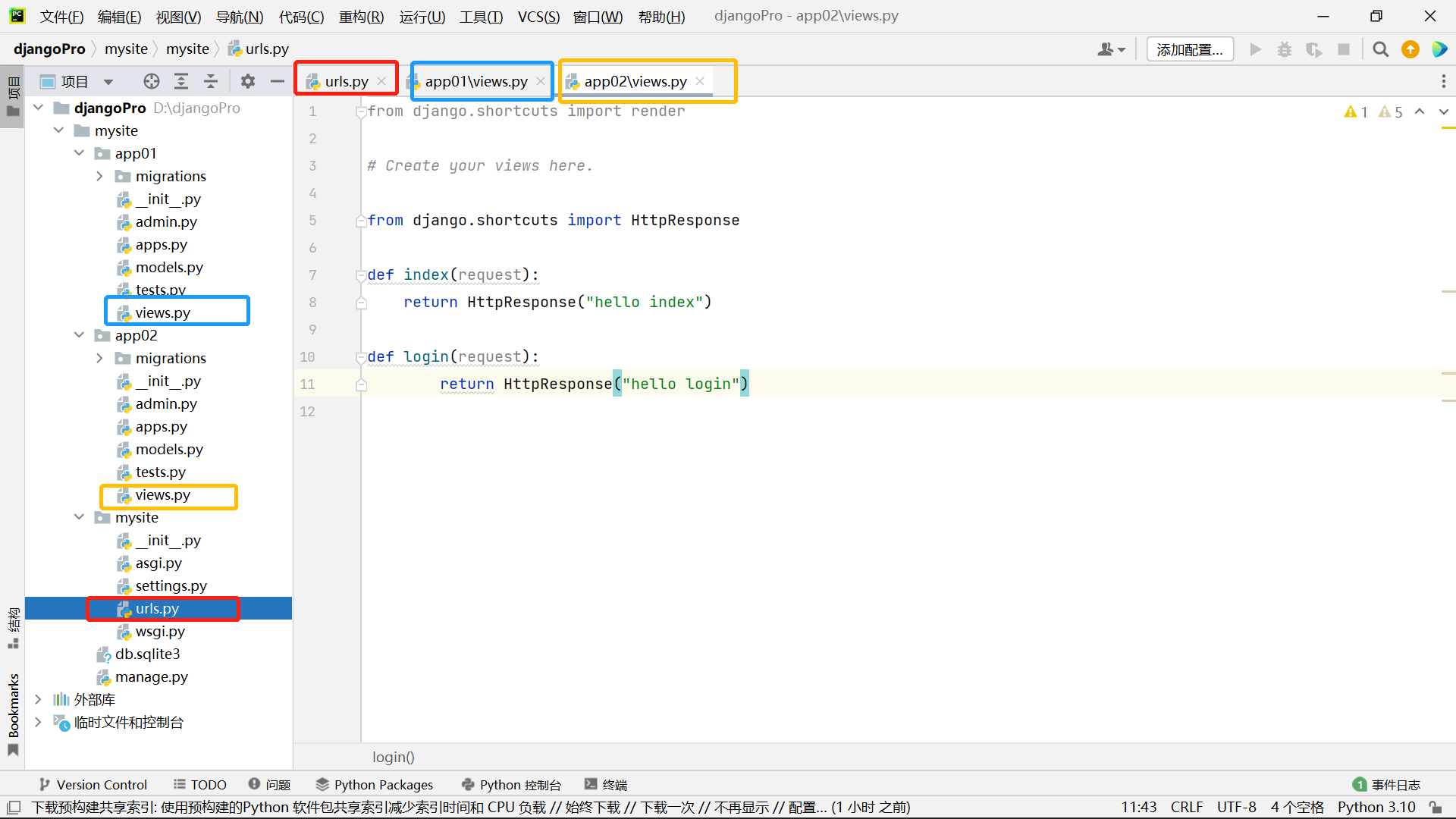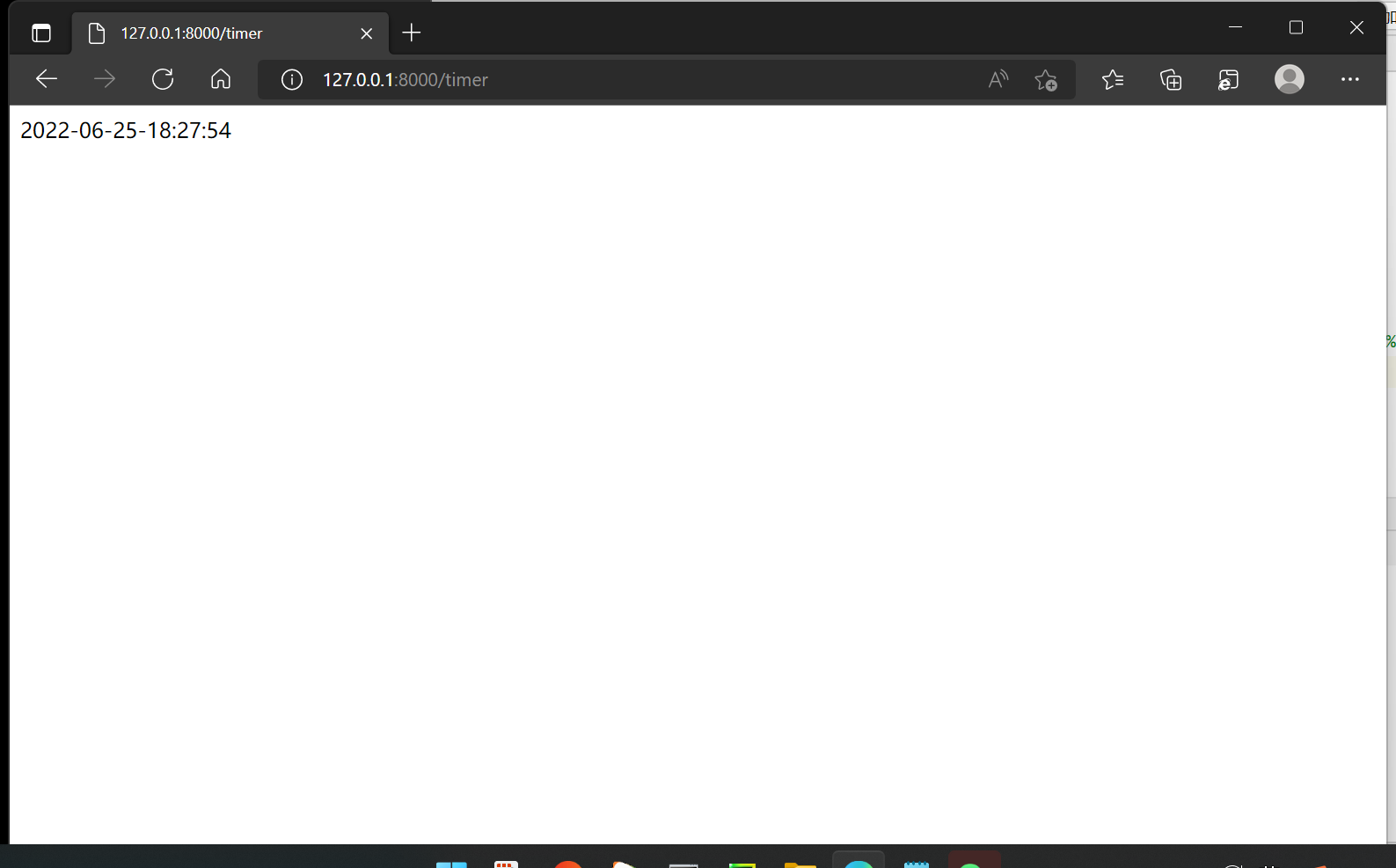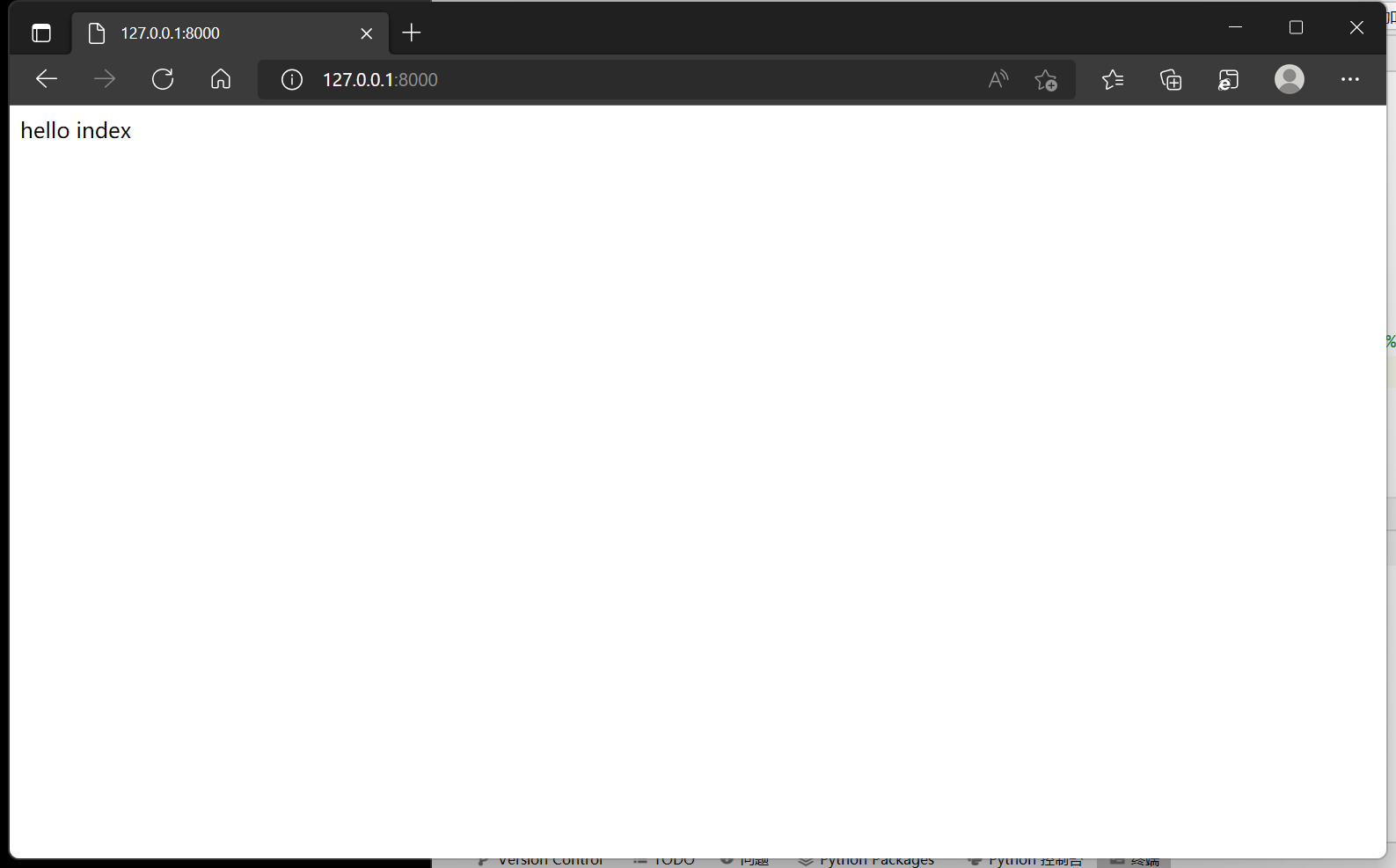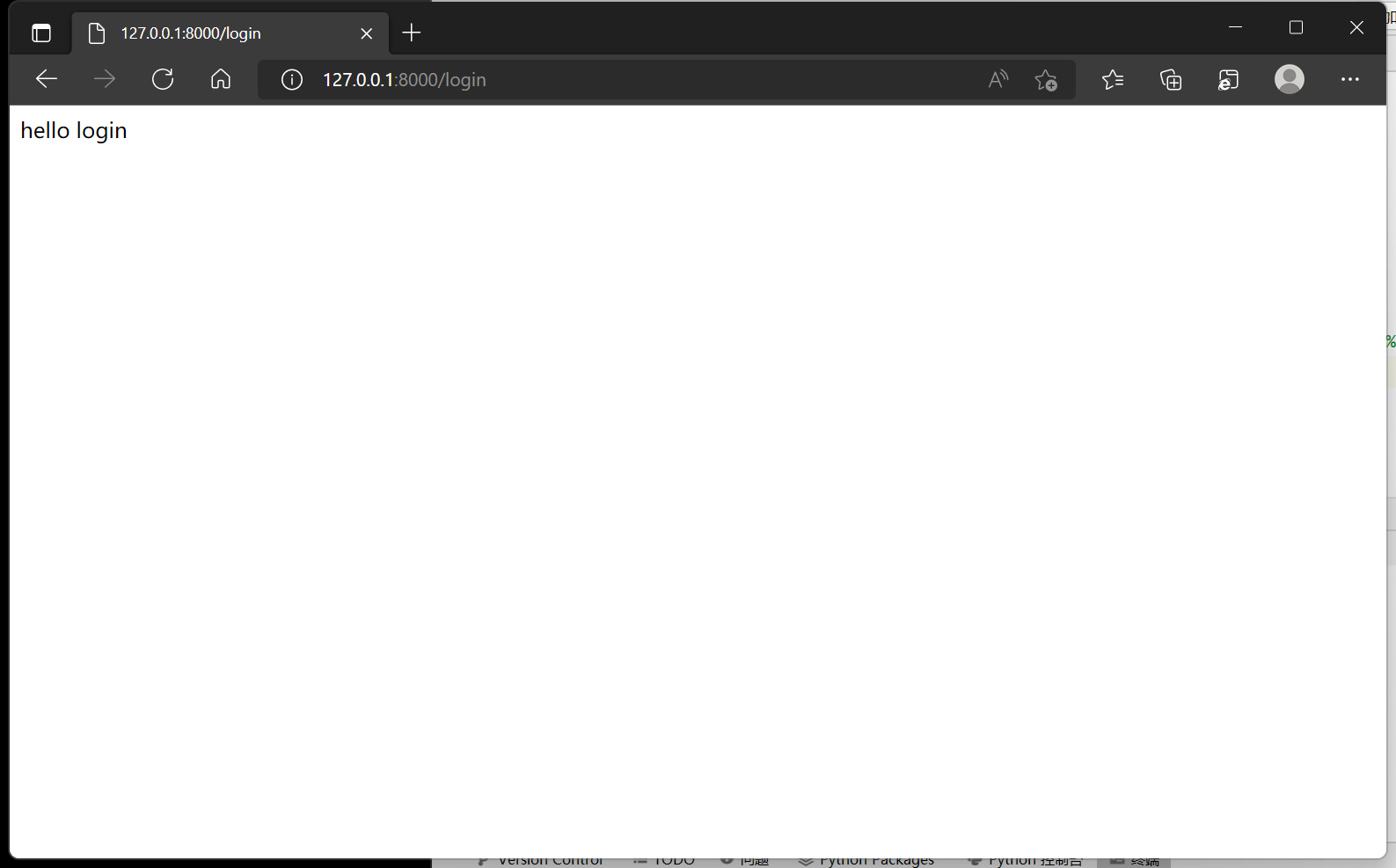

"""mysite URL Configuration
The `urlpatterns` list routes URLs to views. For more information please see:
https://docs.djangoproject.com/en/3.2/topics/http/urls/
Examples:
Function views
1. Add an import: from my_app import views
2. Add a URL to urlpatterns: path('', views.home, name='home')
Class-based views
1. Add an import: from other_app.views import Home
2. Add a URL to urlpatterns: path('', Home.as_view(), name='home')
Including another URLconf
1. Import the include() function: from django.urls import include, path
2. Add a URL to urlpatterns: path('blog/', include('blog.urls'))
"""
from django.contrib import admin
from django.urls import path
#form app01 import views as v1
#from app02 import views as v2
from app01.views import get_timer
from app02.views import login, index
urlpatterns = [
path('admin/', admin.site.urls),
path("timer", get_timer),
path("", index),
path("login", login),
]

from django.shortcuts import render
# Create your views here.
from django.shortcuts import HttpResponse
def get_timer(request):
import datetime
now = datetime.datetime.now().strftime("%Y-%m-%d-%X")
return HttpResponse(now)


from django.shortcuts import render
# Create your views here.
from django.shortcuts import HttpResponse
def index(request):
return HttpResponse("hello index")
def login(request):
return HttpResponse("hello login")

